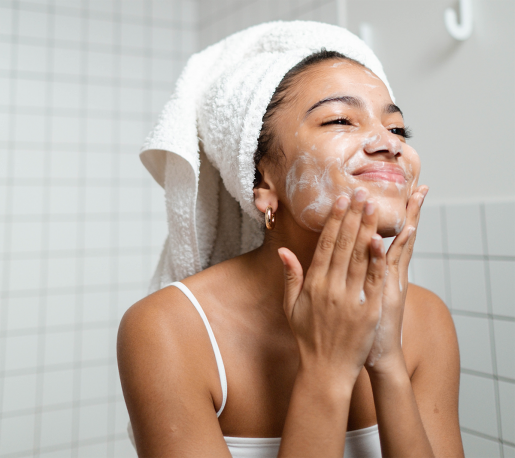Pain management in cosmetic procedures has become more than a comfort consideration. It directly affects how consistently clients return, how long treatments can run and how smoothly each session progresses. As procedures like laser hair removal, microneedling, waxing and tattooing grow in popularity, so does the demand for reliable methods to reduce discomfort. Among the most common options are numbing cream and external cooling devices, but the way they function and their effectiveness differ in key ways.
What Each Method Does
Numbing creams are topical anesthetics that reduce the skin’s ability to register pain by temporarily blocking nerve signals. The active agent, usually lidocaine, penetrates the epidermis and inhibits sodium channels in nerve endings. This dulls the sensation of sharpness or burning, making it easier to tolerate procedures that target the skin's surface.
Cooling devices, by contrast, do not penetrate the skin. They use controlled cold temperatures to temporarily constrict blood vessels and slow nerve activity. This leads to a dulling of sensation in the immediate area. These devices are commonly used during laser procedures to minimize pain, redness and swelling.
Key Differences in How They Work
● Application vs. equipment: Numbing cream is applied directly to the skin before the procedure and given time to absorb. Cooling devices require operator skill and ongoing management throughout the session
● Duration: The effects of a standard lidocaine numbing cream last up to three hours, depending on the formulation and the area treated. Cooling devices provide relief only while in contact with the skin
● Depth of effect: Numbing creams can target surface-level nerves effectively. Cooling is more generalized and less predictable in terms of how deep the numbing effect will go
● Precision: Topical anesthetics allow for area-specific treatment. Cooling can sometimes affect adjacent zones not intended for treatment
● Interruption: Once applied, numbing cream requires no interaction until it is wiped away. Cooling devices may need repositioning or adjustment during the procedure, which can break the rhythm of treatment
Use Cases Where Numbing Cream Excels
Procedures that involve continuous contact with the skin, especially with needles or sharp instruments, often cause discomfort that cooling alone cannot manage. For example:
● Microneedling sessions longer than 15 minutes
● Tattooing in sensitive or bony areas
● Electrolysis on the face or underarms
● Waxing of large or delicate areas like the bikini line
In these scenarios, lidocaine numbing cream creates a stable baseline of comfort. It allows the practitioner to maintain technique without working around a client’s reaction to pain. When flinching or shifting is minimized, results often improve.
Where Cooling Devices May Fall Short
Cooling is often marketed as a universal solution for comfort. But it has limitations. Skin thickness, hydration levels and even the size of the treatment area can affect how well cold therapy works. For instance, cooling may be insufficient on parts of the body where nerves are densely packed near the surface, such as the face, chest or groin.
Clients with low pain thresholds, anxiety or previous negative experiences may also find cooling underwhelming. It may blunt the edge of pain, but it does not offer the same level of anesthesia that a topical can.
Considerations Around Safety and Skin Type
When choosing a method of pain management, skin type and sensitivity should come first. For those with reactive or compromised skin, harsh cooling can trigger temporary inflammation or a rebound redness after the treatment ends. Cold exposure can also be difficult for clients with vascular conditions or certain autoimmune disorders.
On the other hand, numbing cream that uses lidocaine in clinically studied concentrations is generally well tolerated, even on broken or sensitive skin. It is designed to be absorbed without disturbing the skin’s natural barrier. Many products are pH-balanced and free from fragrance or steroids, reducing the likelihood of post-treatment irritation.
Final Thoughts
Both numbing creams and cooling devices serve a role in cosmetic pain management. But for longer or more invasive treatments, numbing cream offers a deeper and longer-lasting buffer. It reduces discomfort at the nerve level and can be tailored to different skin types or sensitivities.
Lidocaine numbing cream, in particular, remains one of the most researched and trusted options available. Its quick absorption, targeted application and reliable effect make it suitable for a wide range of procedures where comfort directly impacts outcome.





Comments